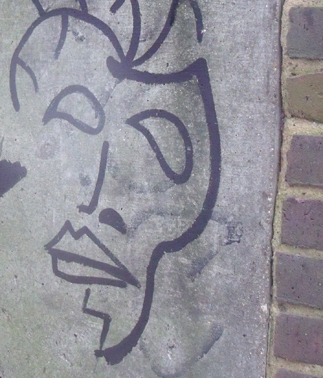Large-scale operations often undertaken by criminal fraud rings have the resources to conduct sophisticated fraud such as deepfakes, 2D and 3D masks. They might also resort to techniques like coercion. Businesses will see fewer of these types of attacks, but they can cause the most damage in the shortest space of time. That is according to an identity verification and authentication product company, that has published its 2022 Identity Fraud Report.
Passports have become the most frequently attacked ID, says Onfido. Over the past year, passports have overtaken national identity cards as the most frequently attacked form of identification. This points to a shift in fraudsters’ methods as they choose to target the one-sided passport page, rather than a two-sided ID card, and target the most high-assurance document in the hope that a passport’s reputation will help the fake go undetected.
Fraudsters have ditched the 9-5, the standard working week, as weekend attacks have increased by over 50 per cent since 2019, making fraud much more difficult to predict. It could be because amateurs have moved into the space as part-time fraudsters, or that they’re taking advantage of businesses’ downtime when there are fewer employees to pick up on suspicious activity.
Most, over 90 per cent of ID fraud in the past year involved counterfeit documents using a complete reproduction of an original document, instead of adapting an existing ID. Modern identity documents contain several security features that make any modifications (i.e. forgery) easily detectable, even to the untrained eye – but fraudsters are adapting and making increasingly sophisticated forgeries.
Retail fraud increased by 36pc year on year, making it one of the most attacked industries, ahead of financial and professional services.
The firm argues that biometrics is an effective fraud deterrent. Far fewer fraudsters attempted to overcome a biometric verification check than a document check. The average document fraud rate for 2021 was 5.9pc, compared to 1.53pc for selfies and 0.17pc for videos.
Michael Van Gestel, Head of Global Document Fraud at Onfido, said: “By incorporating biometric authentication and other sophisticated identity verification methods, businesses can ensure that no matter how fraudsters try to capitalize on the changing situation, they can significantly lower the risk of fraud to their organisation and customers.”
Onfido partners with the international police body INTERPOL, on fraud techniques and learnings. The agency contributed to the report.









